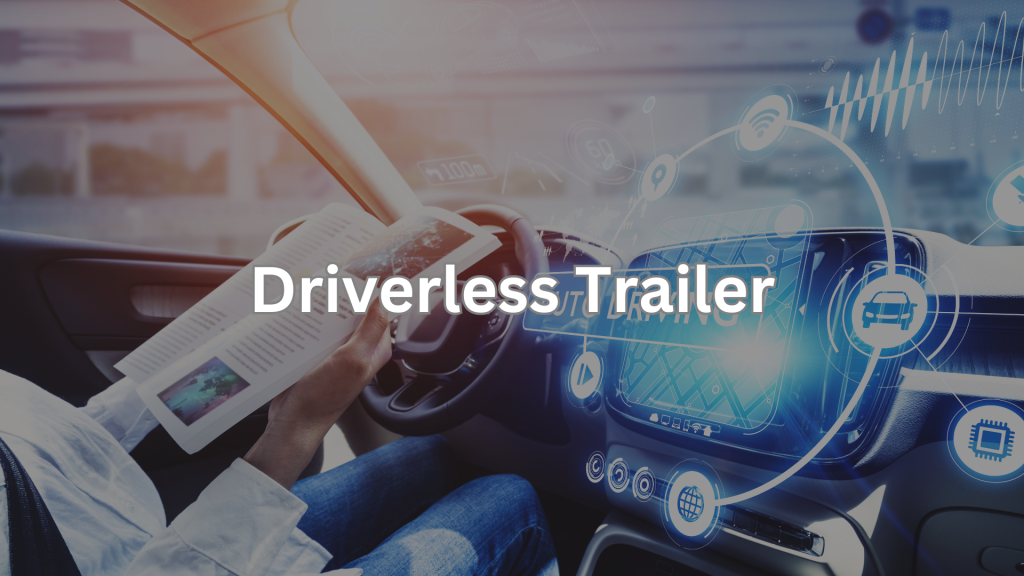
Driverless Trailer
In 2024, we can confidently say that we are in the true era of technology and innovation. The significant roles of AI and the substantial growth of technology companies across various industries are clear indicators of this trend. In the logistics industry, there is also a visionary outlook towards technology, with expectations that future advancements will enhance the efficiency and flexibility of goods transportation.
One of the technologies anticipated to become prevalent in the future is the use of autonomous vehicles for goods transportation. Examples include self-driving trucks and delivery drones. It is likely that we will see these technologies widely adopted in the coming years. Let’s explore the potential and advantages of these two technologies:
1. Autonomous Delivery Drones
Drones have been around for a while and are commonly used for recording videos for movies or online content. However, in recent times, drones have increasingly been used for goods transportation, and there is a growing trend towards using drones for deliveries in the future.
Delivery drones are an appealing option because they can make the transportation of goods much faster. Drones can deliver packages within minutes or hours, making them ideal for urgent deliveries, such as pharmaceuticals, food, or electronic components. Additionally, drones can access areas that traditional vehicles cannot reach, such as mountainous regions, flood zones, or rural areas with poor infrastructure.
Using drones for transportation can also reduce the number of vehicles on the road, thereby decreasing traffic congestion and significantly lowering emissions from transportation. Technologically, drones equipped with autonomous flight systems, GPS navigation, and obstacle detection and avoidance systems can ensure safe and efficient deliveries. The development of these technologies will enhance the efficiency and precision of drone operations.
2. Autonomous Trucks
Self-driving trucks represent another technology with the potential to revolutionize goods transportation. These trucks can transport large and heavy loads over long distances, making them suitable for intercity or international shipping. The use of autonomous trucks can reduce labor costs for drivers and significantly increase operational efficiency since these trucks can operate 24/7 without needing breaks, ensuring continuous and faster transportation.
Autonomous driving technology, which includes AI-based detection and decision-making systems, can greatly reduce accidents caused by human error. Developing highly safe self-driving trucks will be crucial for gaining reliability and acceptance from users.
However, implementing drone and autonomous truck technology comes with challenges, particularly in legal and regulatory aspects. Issues such as airspace control, insurance, and road safety need careful consideration. Additionally, data security and privacy are vital concerns; there must be advancements in technology to prevent hacking and cyber-attacks.
Acceptance of new technology by society and businesses is also essential. Education and awareness must be provided to users and the general public about the benefits and safety of these technologies. Building trust and confidence in these technologies will be key to their successful adoption in the future.
Conclusion
The use of drones and self-driving trucks for transportation has the potential to significantly improve the logistics and goods transportation systems, making them more efficient, faster, and safer. However, ongoing development and resolution of issues related to laws, safety, and societal acceptance are needed. How these technologies are developed and adopted in the future will shape the direction and progress of the transportation systems in the coming era.
ใส่ความเห็น